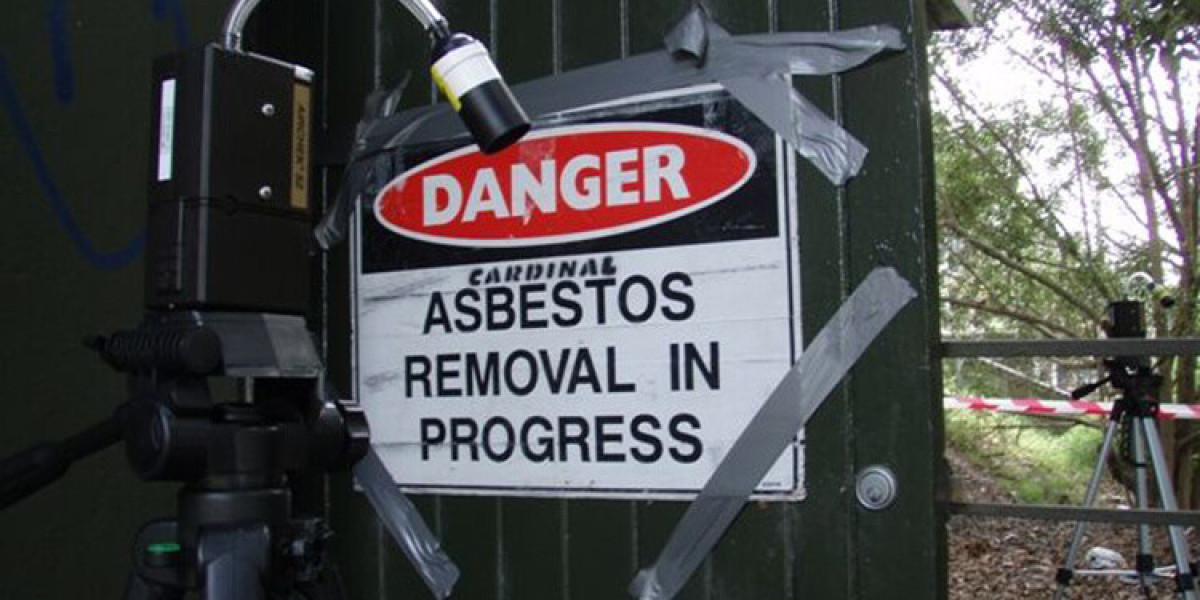Asbestos is a naturally occurring mineral that was once widely used in construction, insulation, and industrial applications due to its durability and resistance to heat. However, it is now well known that asbestos fibers pose serious health risks when inhaled. Prolonged exposure can lead to life-threatening diseases such as asbestosis, lung cancer, and mesothelioma. This is why asbestos air monitoring has become an essential process in ensuring safe environments at workplaces, construction sites, and even residential properties.
In this article, we’ll explain what asbestos air monitoring is, how it works, and why it is so important for compliance, safety, and peace of mind.
What Is Asbestos Air Monitoring?
Asbestos air monitoring is the process of testing and measuring airborne asbestos fibers in an environment. When asbestos-containing materials (ACMs) are disturbed, such as during demolition, renovation, or improper handling, microscopic fibers can become airborne. These fibers are invisible to the naked eye and can remain suspended in the air for long periods, posing a hidden danger to anyone nearby.
Air monitoring involves collecting samples of the surrounding air and analyzing them under controlled laboratory conditions to determine whether asbestos fibers are present, and if so, at what concentration. The results provide critical data about exposure risks and guide necessary safety measures.
Types of Asbestos Air Monitoring
There are different types of asbestos air monitoring, each serving a specific purpose. Understanding these helps in identifying when and where monitoring should be carried out:
1. Background Monitoring
This is conducted before any asbestos-related work begins. It provides a baseline reading of the asbestos fiber levels in the air to help assess the impact of later activities.
2. Control Monitoring
Carried out during asbestos removal or maintenance work, control monitoring checks the effectiveness of safety systems, such as enclosures and ventilation. It ensures that workers are not being exposed to harmful levels of asbestos.
3. Clearance Monitoring
Once asbestos removal work is complete, clearance monitoring confirms that the area is free from hazardous fiber levels. This is often a legal requirement before the space can be reoccupied.
4. Personal Monitoring
This type of monitoring involves sampling the air directly in the breathing zone of workers. It helps assess individual exposure levels and ensures compliance with workplace exposure standards.
Why Is Asbestos Air Monitoring Important?
1. Protecting Human Health
The primary reason for asbestos air monitoring is to protect people. Inhalation of asbestos fibers can cause irreversible damage to the lungs. Since symptoms of asbestos-related diseases may take decades to appear, early prevention is the only way to stay safe. Monitoring ensures that the air people breathe is free from dangerous fiber concentrations.
2. Ensuring Legal Compliance
In many countries, including Australia, the UK, and the US, strict regulations govern how asbestos should be managed. Employers, contractors, and property managers have a legal duty to ensure safe environments for workers and occupants. Air monitoring provides documented proof of compliance with occupational health and safety standards, helping avoid hefty fines and legal liabilities.
3. Maintaining Workplace Safety Standards
For industries such as construction, manufacturing, and demolition, asbestos air monitoring is part of standard workplace safety practices. It ensures that workers are not unknowingly exposed and that proper safety controls are in place.
4. Providing Peace of Mind
Even when asbestos removal or encapsulation work is carried out by professionals, doubts may remain about safety. Air monitoring delivers peace of mind by confirming that the environment is safe for re-entry, whether it is a workplace, school, or residential property.
5. Supporting Risk Management
Air monitoring helps organizations assess and manage risks effectively. By identifying high-risk situations early, businesses can implement controls to minimize exposure and protect both employees and the public.
Who Needs Asbestos Air Monitoring?
Employers and Business Owners: To ensure safe workplaces and meet occupational health obligations.
Construction and Demolition Companies: To monitor asbestos exposure during high-risk activities.
Property Managers and Landlords: To safeguard tenants, students, or residents in older buildings.
Government and Public Sector Organizations: To comply with regulations in public facilities such as schools, hospitals, and offices.
Homeowners Renovating Older Properties: Especially when dealing with homes built before the 1990s, which may contain asbestos.
The Process of Asbestos Air Monitoring
The process involves several steps:
Planning and Setup – Qualified assessors identify sampling locations based on the nature of the work and potential risks.
Air Sampling – Special pumps and filters are used to draw air through a fine membrane that captures particles.
Laboratory Analysis – Samples are examined using advanced microscopy techniques to detect and count asbestos fibers.
Reporting – Results are documented in a detailed report that indicates whether asbestos levels are within safe limits.
Action – If unsafe levels are detected, immediate steps such as evacuation, additional containment, or further removal are carried out.
Choosing a Professional Asbestos Air Monitoring Service
Not all monitoring services are the same. To ensure accurate results and compliance, it is crucial to engage a licensed and experienced provider. Look for:
Accredited laboratories that follow strict quality standards.
Qualified asbestos assessors with the proper certifications.
Comprehensive services covering background, control, clearance, and personal monitoring.
Clear and detailed reporting for regulatory compliance.
Conclusion
Asbestos air monitoring is a vital process for protecting health, ensuring compliance, and maintaining safe environments in workplaces, homes, and public spaces. With the serious risks associated with asbestos exposure, there is no room for guesswork. Professional monitoring provides the assurance that air is safe to breathe and that proper safety measures are in place.
Whether you are a business owner, contractor, property manager, or homeowner, investing in asbestos air monitoring is not just about compliance—it’s about safeguarding lives.








